If you’ve lived under a rock for the past year or have just been woken up from cryogenically induced sleep, the world as we once knew it seems like a distant memory. The COVID-19 pandemic has limited our lives quite a bit. It has taken an immeasurable toll on families that have lost loved ones as well as a mental toll on those that are working on the frontlines fighting this pandemic. As many have said before, we owe you a debt of gratitude (I’d like to see frontline workers properly rewarded as opposed to a symbolic calp).
Before I get on my political high horse, the thing I wanted to share were experiences living in the pandemic. I wanted to write this as honestly as I could, but also as concisely as possible to summarise the past 12-months of the strangest of times. This turned out to be a longer text than planned, so it will be released in sections: Lockdown 1.0, Lockdown 2.0 and Lockdown 3.0
Lockdown 1.0:
Before my country of residence (UK) was placed on lockdown, the company I work for moved all of us to work remotely at the end of February. I thought that this would be a short term thing and early indications were that things were going to go back to normal quickly. Haw Haw. How wrong was I.
When the government announced the lockdown of all non-essential facilities on the 23rd of March, I started with a sense of relief. Before this, we were always on the go. There were very few free weekends. During the week, I’d get back home from work, eat dinner, play with the kids, do bed time and head to the gym. During the week, I felt like my home was kinda like a hotel that I just slept at.
After about two weeks into the Lockdown, I started to struggle. As I’ve detailed in the past, I’ve struggled with mental health issues and the isolation of being at home and not able to train properly or seeing people started to grind me down. It was the lack of routine and not getting a daily release from exercise that really wore me down. That combined with the daily news briefings that offered little to no hope of a better future.
During this time my mental health collapsed to the point that on one of the rare times, I bothered to workout in my garage, I was looking at the beams and picked out the one that I would hang myself off of. My head was telling me that I didn’t want to be alive anymore. My past struggles with these issues told me that I needed to open up to someone, or else I would really be hanging from the beam. My friends and family were a massive help in all of this and really helped me through the dark time, whether it was checking in, or just by sharing a joke on WhatsApp or text.
Those small touches really helped me through. It was difficult to see the kids struggle as well. Stripped of their routine and with no structure to their days with the absence of distance learning, my daughter reverted to drawing on the walls and furniture to get attention she wasn’t getting due to having to work full time. My son who is older, didn’t start doing that, but he was open with us that he was struggling with the isolation and not seeing his friends or having his hobbies. He’s a really active and social kid, so having all of that taken away from him hit him hard.
In the years to come, I worry about the impact that the lockdown has had on their learning, but also on their mental health. Being exposed to such drastic measures at such a young age will certainly leave a psychological scar in many people, that I fear will develop into a pandemic of its own in the years to come.
With my own routines disrupted heavily and falling to the grips of depression also impacted a variety of things during the first lockdown. I began drinking heavily and nearly daily, just to escape the dull mundanity of life. For those that don’t know me, I get drunk maybe 3-4 times a year. This time I was getting hammered every week, sometimes even mid-week. Where we did try and go for walks and stuff during the weekend and there were weekly quizzes, they weren’t enough to give me the hope of something better coming along.
Normally during spring, I draw my energy from it being light and on the rare occasion that the sun is out, I get a boost from that. In my mind, I had hoped that once we got to May time, my mood would get better. However, there was none of it. In other times, I would get this energy to workout and to improve my physique and get ready for the hockey season. Now as the sun was out I grew depressed that I was not able to use this time to effectively train and to get into shape. With the rumours circulating from the league and leagues above, it grew more and more likely that we were not going to have a 2020-2021 season. There was literally no reason for me to do anything.
Despite being at home, and seemingly having more control over my time, my eating habits slipped. Combined with my declining mood, lack of exercise, my diet slipped to eating at irregular times and eating whatever was quick to make. I was so dedicated to work as it was distracting me from the dullness of life that I worked late into the afternoon and the would eat some toast as to anything nutritious. With not spending money on anything apart from groceries, we had money to have takeaways and as usually happens with depression, junk foods give you that feeling of euphoria and you just crave more. So yes, my weight went up and physique changed. Something I regret to this day.
There were some bright parts as well. At least when the restrictions were eased, we were able to go away for a holiday back home in Finland. Even when there we ensured that we kept to our bubble and only saw grandparents at the end of our stay to ensure that we did not develop any symptoms post travel.
Where getting away from the UK for a couple of weeks was welcome, it was bitter sweet at the same time. Being back home was like going to utopia. Things back home were much closer to normal life in comparison. To this date, Finland has recorded less than 700 deaths during the pandemic and comparatively, the rates of infection remain relatively low on a day-by-day basis.
So come July and things were opened up and life, to be fair, started to feel more normal again. I had pretty much accepted that hockey was not going to happen, despite clinging on to the hope that it would be. I was able to start working out again and using the glimmer of hope that there would be a season drove me to actually do something. It was also refreshing to go out somewhere. Even if it was just a trip to the local mall (shopping centre) felt like a welcome break from reality.
In the first few weeks I wasn’t really flexing my muscles or anything, but just the clarity of mind that regular, vigorous exercise gave me. I know it’s often easy to say that exercise will be good for your mental health. For me it works, but I know that for some it’s not a cure or a “pick-me up”. I know full well from personal experience the struggle it can be to get into habit of exercising or doing anything when you’re severely depressed. It works for some and it not for others. For me personally, it is a lifesaver.
By July, I was somewhat accustomed to working from home and had developed ways of getting some variety in my days, but my eating habits were still all over the place. My lunches weren’t particularly nutritious or well timed. Looking back on it, it’s peculiar as when working in an office, I had a regimented pattern that I would pause for lunch at a certain time and I would actually look at what I ate. I still haven’t figured out why it all went so horribly wrong when we moved to work from home and whether it was all down to my overall mood, that I was seeking comfort from just eating whatever made me feel happier. Probably, but it’s not like I changed anything too drastically.
Then there was the opening of the rinks. I was able to get some ice with a local rec team to get back into skating, again with a view of being ready if there was a season. It provided some semblance of normality that things that kept me grounded and that were part of my personality were still there to be enjoyed.
From July onwards, life was easier as I had access to the things that kept me going. My fitness journey started to show results and I started to feel better about life in general. However, as we know, when summer turned to autumn, we were in for a rougher ride.
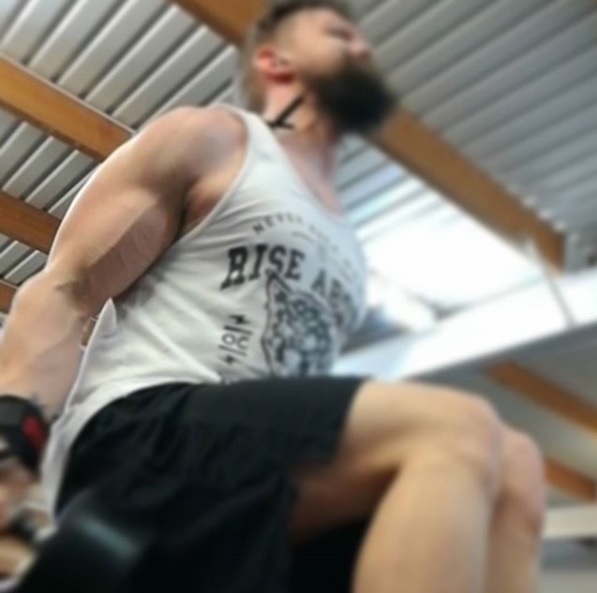
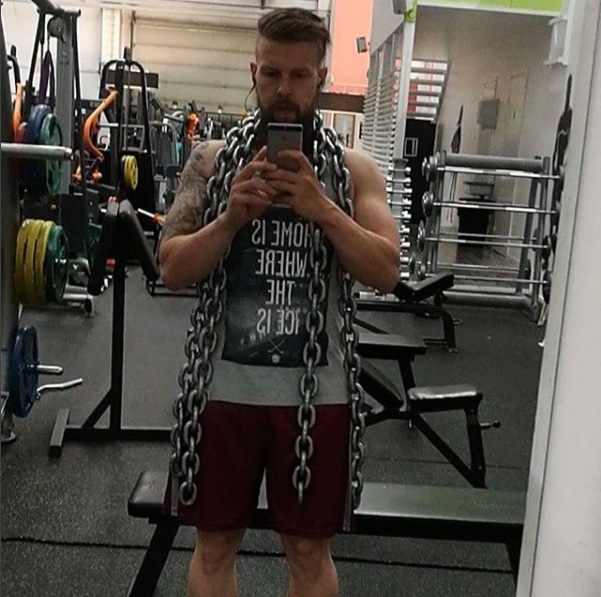
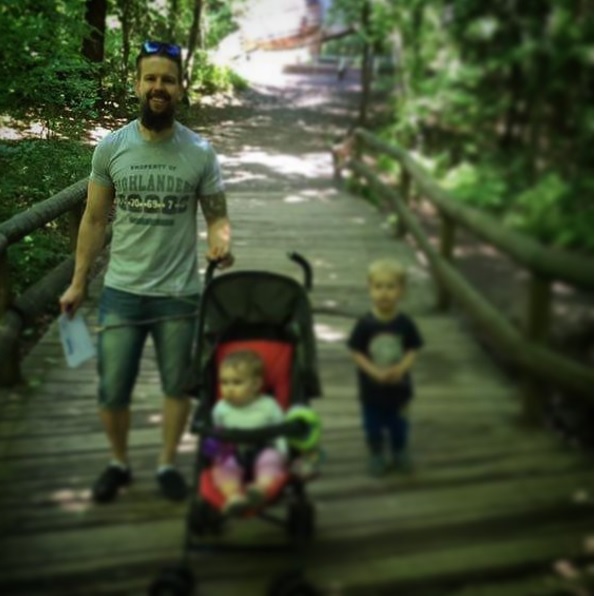


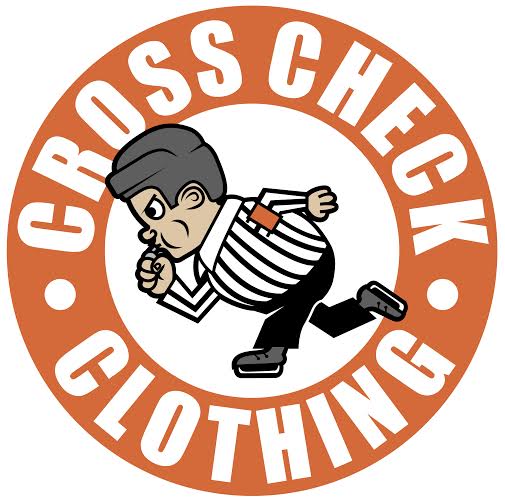
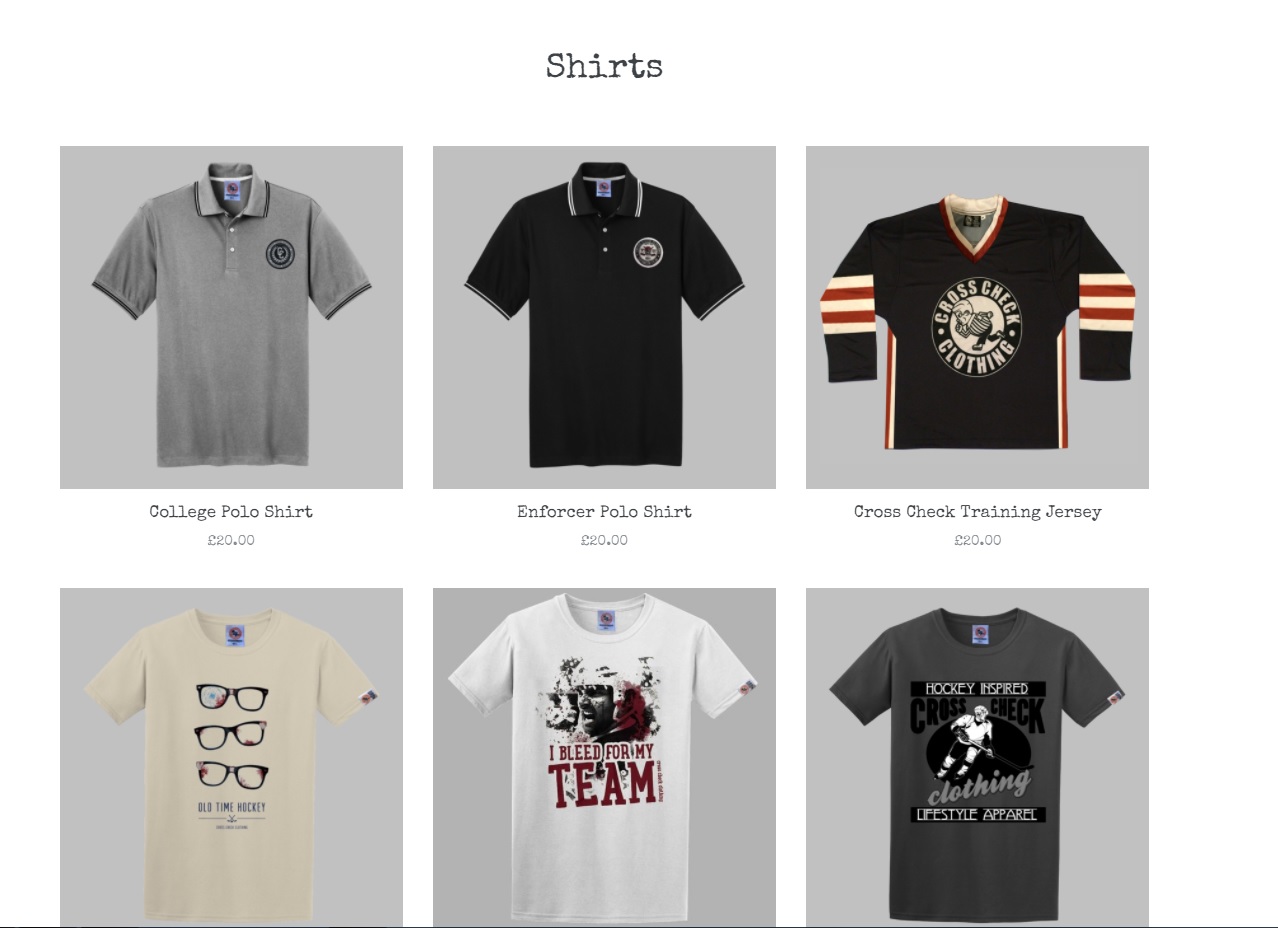
 When TRUE first let us test the original A6.0 and A5.2 sticks it was a revelation of what hockey sticks could and should be like. This was then followed by the X-Core 9, which we still view as one of – if not THE – best sticks on the market. TRUE has given us the A6.0 SBP to try and we’ve been finding out if it is the old A6.0 with a cherry on top or a complete overhaul.
When TRUE first let us test the original A6.0 and A5.2 sticks it was a revelation of what hockey sticks could and should be like. This was then followed by the X-Core 9, which we still view as one of – if not THE – best sticks on the market. TRUE has given us the A6.0 SBP to try and we’ve been finding out if it is the old A6.0 with a cherry on top or a complete overhaul. true to TRUE’s brand of using almost neon blue and grey design, which helps it stand out from the crowd. Like we mentioned in the Warrior QRL review, TRUE has always been more about performance than about the bling factor of a white stick with a fancy blade decal.
true to TRUE’s brand of using almost neon blue and grey design, which helps it stand out from the crowd. Like we mentioned in the Warrior QRL review, TRUE has always been more about performance than about the bling factor of a white stick with a fancy blade decal. What we have found interesting in the TRUE A6.0SBP is TRUE’s Smartflex. The Smartflex technology allows for stiffness distribution from any shooting position. It feels almost like similar type of technology that CCM successfully used in its RBZ sticks and we really love it. The Smartflex is one of the real highlights of the A6.0SBP stick as it offers you almost a customised flex from the shaft.
What we have found interesting in the TRUE A6.0SBP is TRUE’s Smartflex. The Smartflex technology allows for stiffness distribution from any shooting position. It feels almost like similar type of technology that CCM successfully used in its RBZ sticks and we really love it. The Smartflex is one of the real highlights of the A6.0SBP stick as it offers you almost a customised flex from the shaft.



